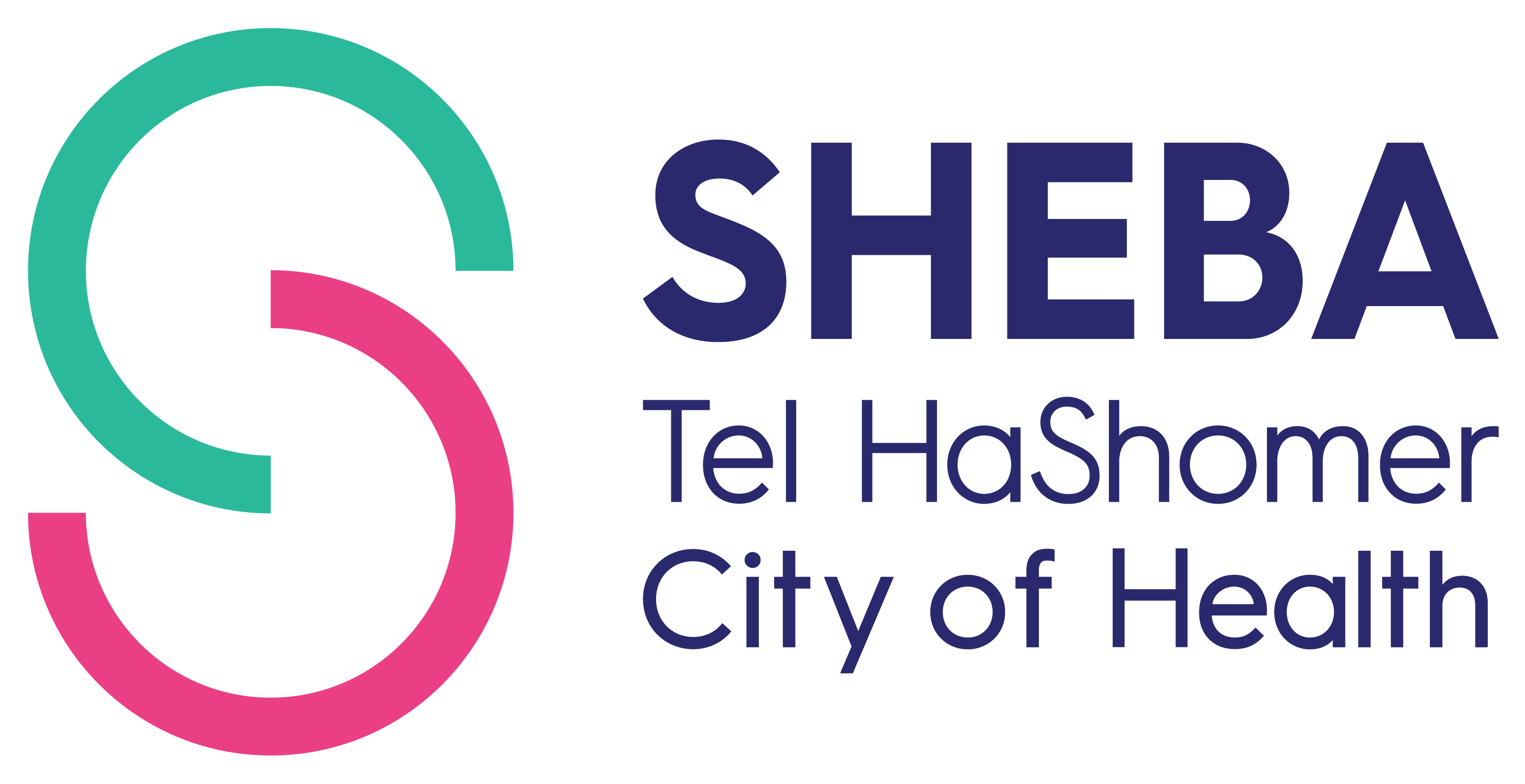Significant Progress in Heart Tissue Engineering
Adapted from Haaretz 26/08/2009
Israeli researchers from Ben-Gurion University and the Sheba and Soroka medical centers have made significant progress in treating heart disease, growing heart muscle in rats' abdomens and using it to patch the hearts of rats that suffered heart attacks.
The experiment, whose results were published this week in an American journal, Proceedings of the National Academy of Sciences, is the first to demonstrate the possibility of rejuvenating the heart after a heart attack. While many researchers have tried to develop heart patches, until now, none of the tissue patches have survived implantation into the heart.
The Israeli researchers were led by Dr. Tal Dvir, who developed the new method for his Ph.D. thesis at Ben-Gurion University and is now at MIT. The researchers planted cardiac cells taken from newborn rats on a laboratory "scaffold" loaded with stem cell factors. Once the cells had grown sufficiently, the entire scaffold was implanted in the rat's abdomen, where the tissue continued to grow and developed a network of blood vessels. A week later, new engineered tissue was removed from the abdomen and transplanted into the damaged heart.
After 28 days, the blood vessels in the patch had linked up with the damaged heart's own blood vessels. This, Dvir said, prevented it from dying of lack of oxygen, as previous bioengineered patches have.
Moreover, the patch appeared to actually improve the damaged heart. A heart attack leaves a scar that usually tightens over time and exerts pressure on the heart wall, which often leads to another heart attack. The tissue patch prevented this deterioration.
The breakthrough emerged from an ongoing research collaboration of stem cell and regenerative medicine researchers from Ben-Gurion University and Soroka Medical Center (both in Beersheba), Sheba Medical Center at Tel Hashomer and Tel Aviv University, led by Prof. Smadar Cohen, head biotechnology engineering at BGU, and Prof. Jonathan Leor, head of the Sheba Center for Stem Cell and Regenerative Medicine and TAU's Neufeld Cardiac Research Institute.
Stem cell science, or regenerative medicine, is a relatively new and complex area of biology. It was only about nine years ago that the first human embryonic stem cell line became available to scientists. Less than a decade ago, the prospect of "building" any kind of living tissue outside the body was widely considered outlandish. In the brief span of time since then, cell biologists, geneticists, oncologists, materials engineers and others have brought novel insights and techniques from their respective disciplines to the challenge, and made substantial progress.
The field has become a central focus for the top scientists around the globe, with hundreds of millions of dollars devoted to stem cell research. A few mega-centers for regenerative medicine have been established in recent years -- in California, Massachusetts (including Harvard University), and Australia. Israel is also becoming a leader in this field, with a major multi-disciplinary regenerative medicine center at Sheba.









